
English Blogs
"Let's Learn, Explore, and Connect to the World"

Past Continuous 6
- Cris Flores
- Basic English Grammar Blog

VI. Expanding Your Practice with the Past Continuous
Mastering the Past Continuous tense is a significant step toward fluency in English, as it enables you to describe complex past situations and actions more effectively. However, true mastery comes with practice and application in diverse contexts. Here are strategies to deepen your understanding and use of this tense, enhancing both your spoken and written English.
Engaging with Authentic Materials
One of the most effective ways to solidify your understanding of the Past Continuous is through engagement with authentic English materials. This can include:
 Reading: Choose novels, short stories, or articles that use a variety of past tenses. Pay special attention to the use of the Past Continuous, noting how it adds depth and realism to descriptions and narratives.
Reading: Choose novels, short stories, or articles that use a variety of past tenses. Pay special attention to the use of the Past Continuous, noting how it adds depth and realism to descriptions and narratives.
 Watching: View films, TV shows, and videos that feature narrative storytelling. Observe how characters describe past events using the Past Continuous, especially in dynamic scenes involving simultaneous actions or interruptions.
Watching: View films, TV shows, and videos that feature narrative storytelling. Observe how characters describe past events using the Past Continuous, especially in dynamic scenes involving simultaneous actions or interruptions.
 Listening: Listen to podcasts, songs, or audio books. Audio materials are particularly useful for understanding the flow and natural application of the Past Continuous in conversation.
Listening: Listen to podcasts, songs, or audio books. Audio materials are particularly useful for understanding the flow and natural application of the Past Continuous in conversation.
Interactive Practice
Interactivity can significantly enhance your learning by allowing you to apply what you’ve studied in real-life scenarios:
 Conversation Groups: Participate in English conversation groups or language exchange meetups. Practice using the Past Continuous in your dialogues, especially when describing past events or situations.
Conversation Groups: Participate in English conversation groups or language exchange meetups. Practice using the Past Continuous in your dialogues, especially when describing past events or situations.
 Online Forums and Language Apps: Engage with language learning forums and apps. They often provide opportunities to write and speak in English, offering feedback from native speakers or language learners.
Online Forums and Language Apps: Engage with language learning forums and apps. They often provide opportunities to write and speak in English, offering feedback from native speakers or language learners.
 Role-playing: Create scenarios with friends or fellow students where you can practice using the Past Continuous. Role-playing different situations from the past can be a fun and effective way to practice.
Role-playing: Create scenarios with friends or fellow students where you can practice using the Past Continuous. Role-playing different situations from the past can be a fun and effective way to practice.
Writing Exercises
Writing allows you to carefully construct sentences using the Past Continuous, helping to reinforce your understanding and usage:
 Journaling: Keep a daily or weekly journal in English, describing events and activities. Focus on incorporating the Past Continuous to reflect on actions that were happening at specific times.
Journaling: Keep a daily or weekly journal in English, describing events and activities. Focus on incorporating the Past Continuous to reflect on actions that were happening at specific times.
 Story Creation: Write short stories that take place in the past. Use the Past Continuous to build up the scenes and describe the actions of your characters over time.
Story Creation: Write short stories that take place in the past. Use the Past Continuous to build up the scenes and describe the actions of your characters over time.
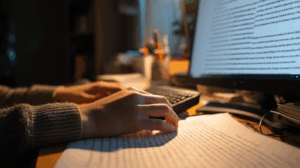 Essay Writing: Write essays on topics that require reflection on past experiences or historical events. Use the Past Continuous to describe ongoing situations or contexts from the past.
Essay Writing: Write essays on topics that require reflection on past experiences or historical events. Use the Past Continuous to describe ongoing situations or contexts from the past.
Grammar Exercises and Quizzes
Regularly completing grammar exercises can provide structured practice:
Fill-in-the-Blank: Complete exercises that require you to fill in sentences with the correct form of the Past Continuous. This helps reinforce the structure and conjugation.
Sentence Transformation: Transform sentences from the Simple Past to the Past Continuous and vice versa. This helps you understand when and why to use each tense.
Error Correction: Identify and correct errors in sentences that misuse the Past Continuous. This helps sharpen your ability to recognize and correct your own mistakes.
Continuous Learning and Feedback

Seeking feedback and continuously challenging yourself are key to improvement:
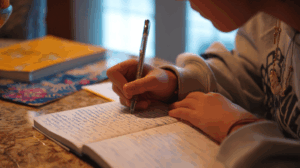 Feedback from Teachers or Peers: If possible, get feedback on your use of the Past Continuous from teachers or more advanced English learners. Constructive criticism can help you identify and correct common mistakes.
Feedback from Teachers or Peers: If possible, get feedback on your use of the Past Continuous from teachers or more advanced English learners. Constructive criticism can help you identify and correct common mistakes.
 Self-Review and Reflection: Regularly review your own written and spoken English. Identify areas for improvement and focus on incorporating the Past Continuous more naturally.
Self-Review and Reflection: Regularly review your own written and spoken English. Identify areas for improvement and focus on incorporating the Past Continuous more naturally.
 Advanced Learning Materials: As you become more comfortable with the Past Continuous, move on to advanced grammar and language materials to deepen your understanding and use of the tense in more complex structures.
Advanced Learning Materials: As you become more comfortable with the Past Continuous, move on to advanced grammar and language materials to deepen your understanding and use of the tense in more complex structures.
By integrating these strategies into your language learning routine, you can enhance your grasp of the Past Continuous and improve your overall English proficiency. Remember, language learning is a journey that involves continuous practice, reflection, and adaptation. The more you practice, the more natural your use of the Past Continuous will become, enriching your ability to communicate about the past.
Latest Blogs

Present Simple Tense 1
English Blogs “Let’s Learn, Explore, and Connect to the World” Present Simple Tense 1 I. Introduction to the Present Simple Tense in English Mastering the

Present Simple Tense 2
English Blogs “Let’s Learn, Explore, and Connect to the World” Present Simple Tense 2 II. Understanding the Present Simple Tense Definition and Structure At its
Reading comprehension quiz
Check out our books and more!

Comic Collections : A Compilation of Daily Professional and Casual Conversations (Book 1)
Laugh and learn with ‘Comic Collections’ by Cassia North – a delightful dive into everyday conversations in professional and casual settings, now in a vibrant, humor-filled ebook. Perfect for all ages!
Check out our Blogs!
Read our everyday blogs and gain new knowledge, skills, and inspiration to support your learning journey here in SEKAEL.


Learn through Common English Errors Blogs by recognizing and correcting everyday grammar and usage mistakes.




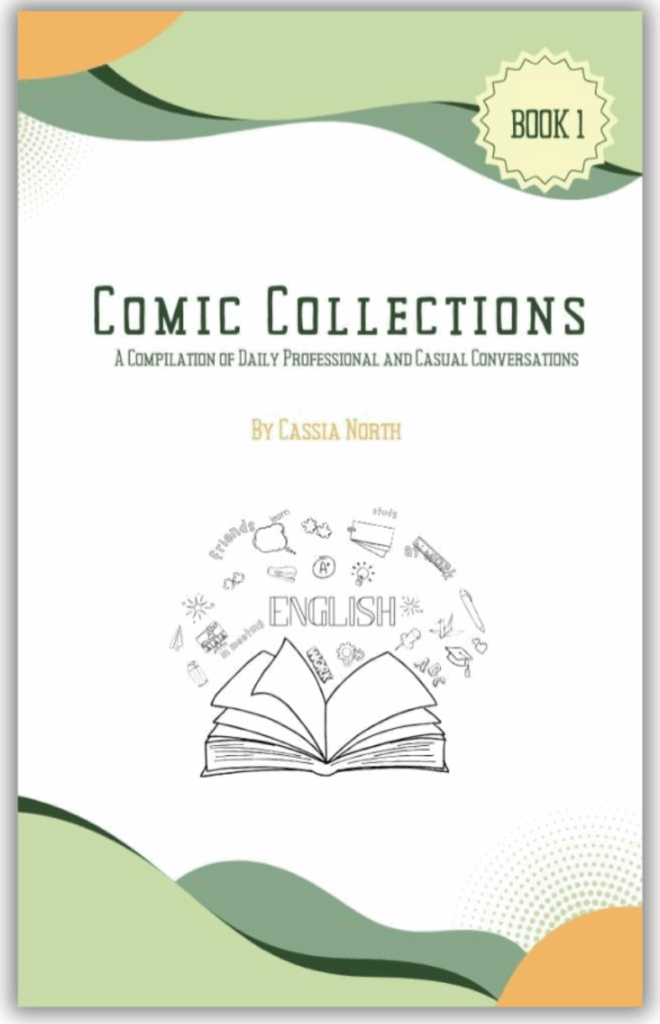
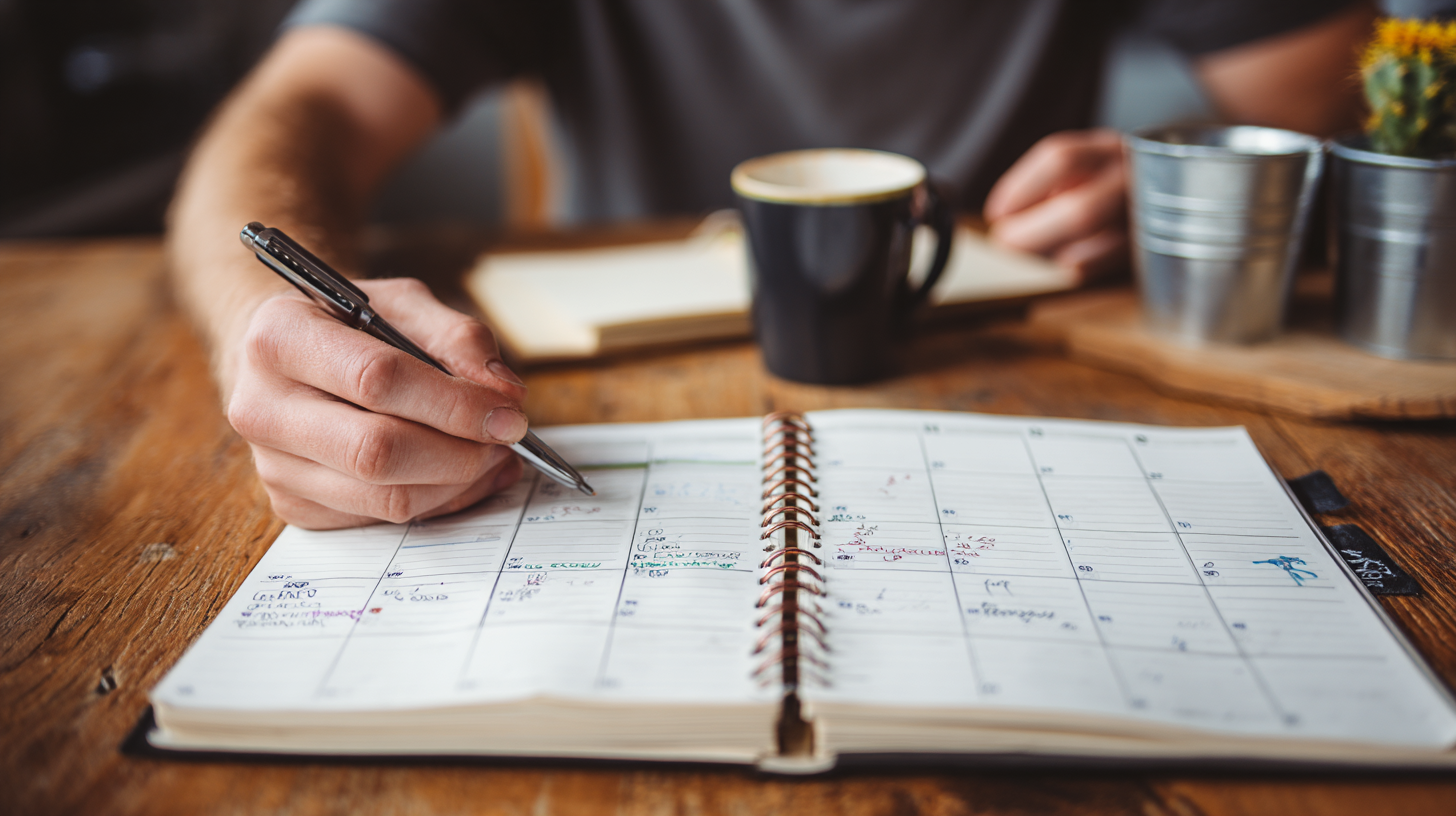
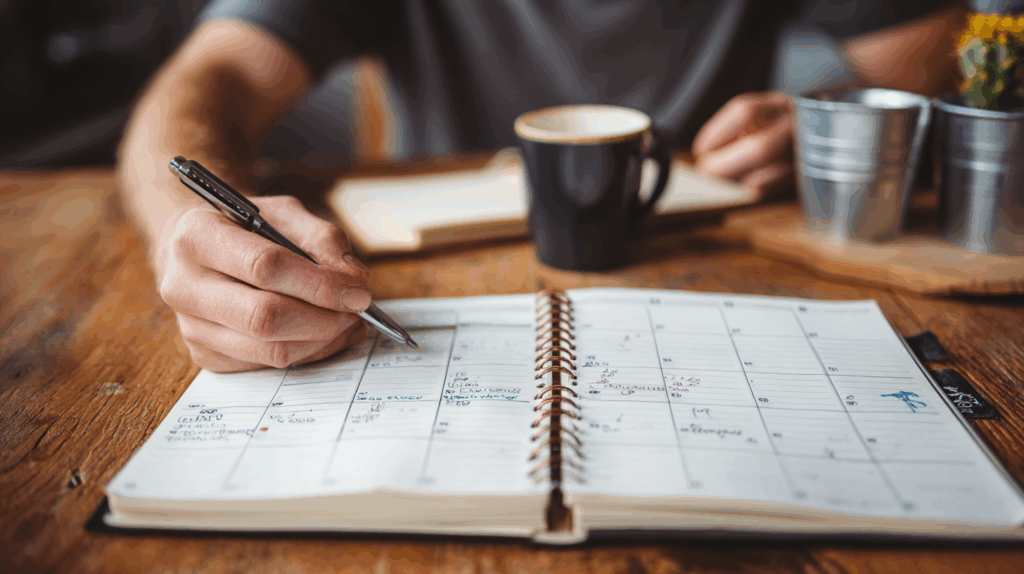
 Contextual Clues:
Contextual Clues:
 Descriptive Language: Use the Past Continuous to add depth to your storytelling, especially when setting scenes or describing simultaneous actions. It helps create a vivid picture of past events and environments.
Descriptive Language: Use the Past Continuous to add depth to your storytelling, especially when setting scenes or describing simultaneous actions. It helps create a vivid picture of past events and environments. Listening Practice: Regular exposure to English in use, such as in movies, series, or conversations, can help you get a better feel for when and how the Past Continuous is used. Pay special attention to scenes describing past events or actions.
Listening Practice: Regular exposure to English in use, such as in movies, series, or conversations, can help you get a better feel for when and how the Past Continuous is used. Pay special attention to scenes describing past events or actions. Practice Speaking and Writing: Regularly practicing sentences and paragraphs that incorporate the Past Continuous can improve your fluency and accuracy. Try describing your previous day, focusing on actions you were doing at specific times.
Practice Speaking and Writing: Regularly practicing sentences and paragraphs that incorporate the Past Continuous can improve your fluency and accuracy. Try describing your previous day, focusing on actions you were doing at specific times.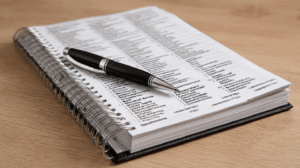
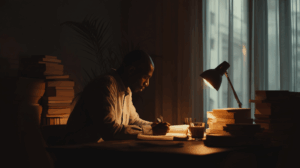


 By avoiding these common mistakes and applying these practical tips, you can use it more effectively and accurately. This will not only enhance your grammatical skills but also your ability to communicate more precisely and vividly about past events.
By avoiding these common mistakes and applying these practical tips, you can use it more effectively and accurately. This will not only enhance your grammatical skills but also your ability to communicate more precisely and vividly about past events.


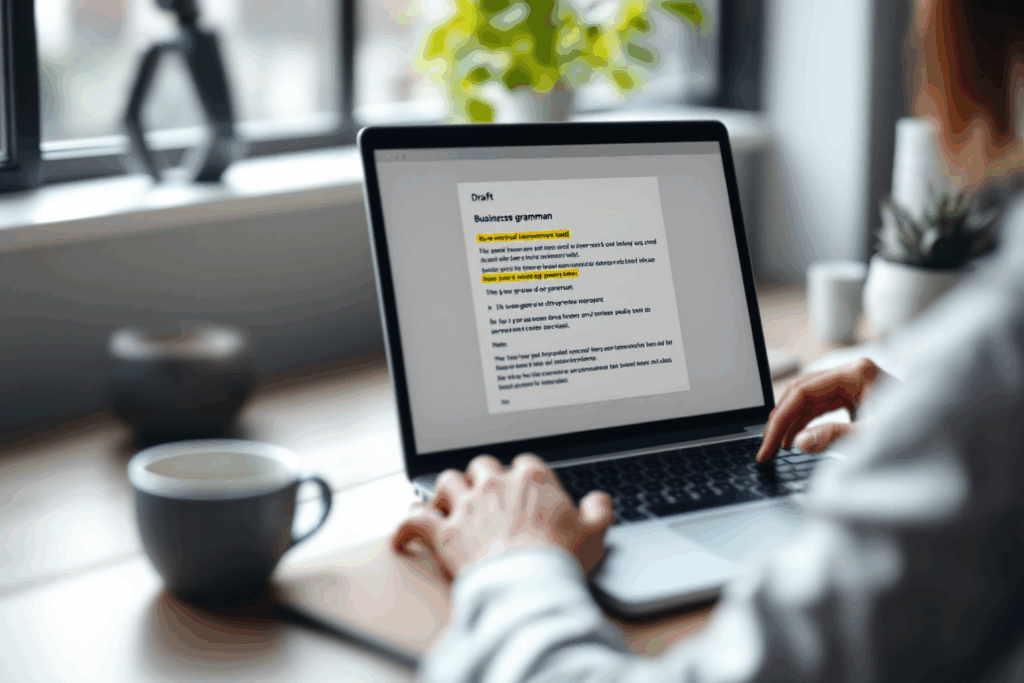










 Mastering the formation of questions and negatives in the Past Continuous will not only improve your grammatical accuracy but also enhance your ability to engage in more detailed and nuanced conversations about the past. It allows you to express doubt, make inquiries, and clarify misunderstandings about past events, enriching your communication skills.
Mastering the formation of questions and negatives in the Past Continuous will not only improve your grammatical accuracy but also enhance your ability to engage in more detailed and nuanced conversations about the past. It allows you to express doubt, make inquiries, and clarify misunderstandings about past events, enriching your communication skills.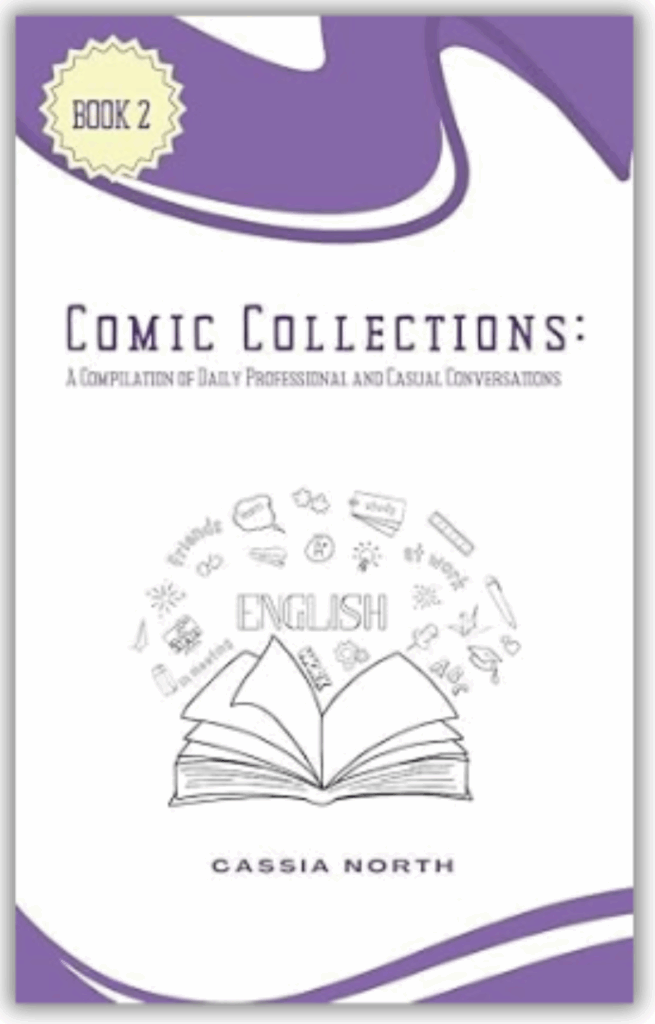









 In understanding these varied uses, it’s important to practice and apply the Past Continuous in different contexts, paying attention to the nuances each scenario presents. The correct use of this tense not only improves grammatical accuracy but also elevates the level of storytelling and description.
In understanding these varied uses, it’s important to practice and apply the Past Continuous in different contexts, paying attention to the nuances each scenario presents. The correct use of this tense not only improves grammatical accuracy but also elevates the level of storytelling and description.






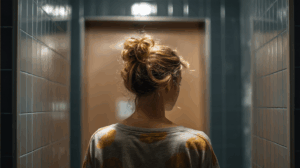





 In conclusion, the Past Continuous tense is a powerful tool for enriching your English narrative skills. By correctly forming and applying this tense, you can effectively describe past events with more depth, clarity, and precision. The next sections will further explore the uses of the Past Continuous, how to form questions and negatives, and offer practical tips for avoiding common mistakes.
In conclusion, the Past Continuous tense is a powerful tool for enriching your English narrative skills. By correctly forming and applying this tense, you can effectively describe past events with more depth, clarity, and precision. The next sections will further explore the uses of the Past Continuous, how to form questions and negatives, and offer practical tips for avoiding common mistakes.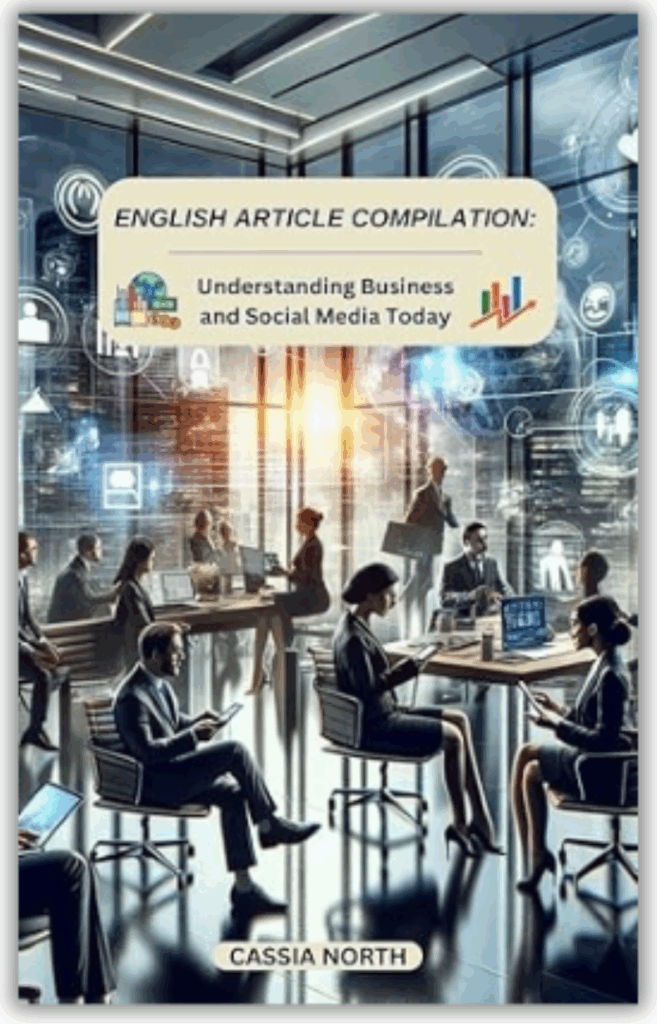
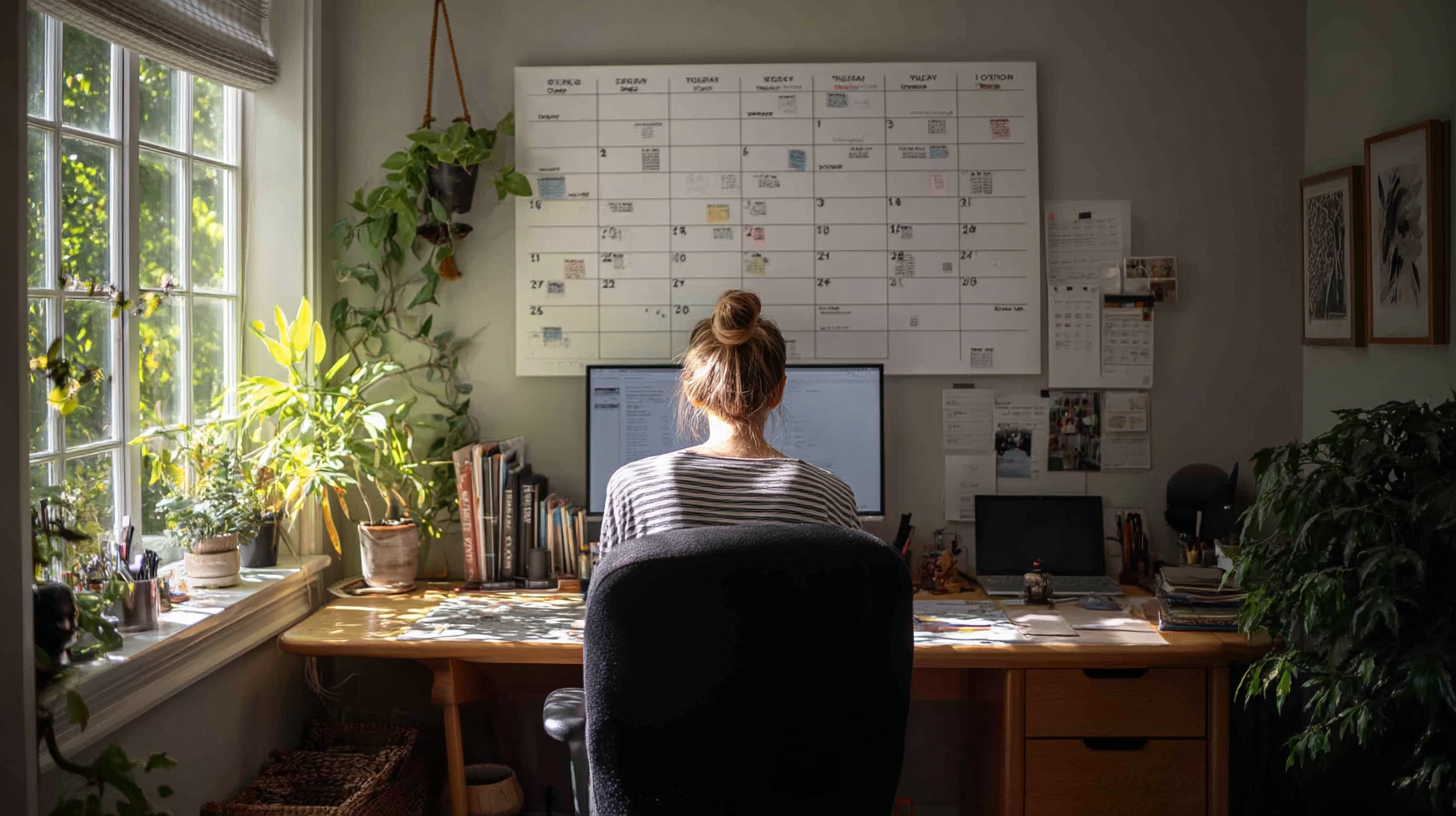
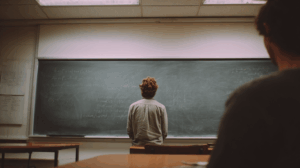 The
The  Understanding the
Understanding the  The
The  Learning the Past Continuous can open up new avenues for expressing thoughts and experiences. It is a
Learning the Past Continuous can open up new avenues for expressing thoughts and experiences. It is a  In the following sections, we will delve deeper into the nuances of the Past Continuous, exploring its formation, uses, and common pitfalls. We’ll provide practical tips, examples, and exercises to help you integrate this tense into your English repertoire seamlessly. Whether you’re a beginner or looking to polish your skills, understanding the Past Continuous is a step forward in mastering English grammar and enriching your linguistic expression.
In the following sections, we will delve deeper into the nuances of the Past Continuous, exploring its formation, uses, and common pitfalls. We’ll provide practical tips, examples, and exercises to help you integrate this tense into your English repertoire seamlessly. Whether you’re a beginner or looking to polish your skills, understanding the Past Continuous is a step forward in mastering English grammar and enriching your linguistic expression.